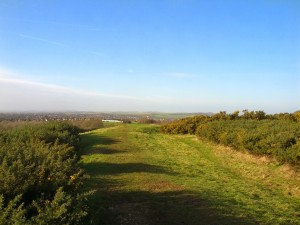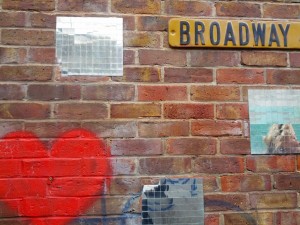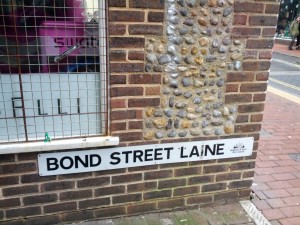According to Stewart Home, Grant Morrison is an under-appreciated influence on psychogeography: “Morrison is every bit as important to the popularisation of psychogeography as Sinclair, and on a global scale more important.”
Morrison’s masterwork so far is his 55-issue series the Invisibles. In the first issue, Morrison claimed that the story’s end would reveal the secret of the universe. The plot described a battle between a group of freedom fighters and an extra-dimensional conspiracy that had enslaved humanity. But it was about more than that: magic, politics, Lovecraftian horror, UFOs, transvestite witches, class, India, voodoo and on and on. It was a comic book about everything.
Grant Morrison has always been one for epic statements. He has said that he aims to make the DC comic-book universe self-aware, or that his current series will make the readers into superheroes. The Invisibles, he claimed, was a magic ritual, a ‘hypersigil’, designed to make the world more exciting. It’s arguable that it worked. Morrison was, initially, furious at the way in which the Matrix took on many of his ideas, achieving far greater reach than Morrison’s often difficult narrative, then realised this could be seen as an effect of the magic.
I read a lot of books because they were referred to in the series and saw traces of the way the comics emerged into the world. Submitting to an annotation web-site led to me spending a day in LA with counter-cultural journalist Jay Babcock. I lurked at the Barbelith website, a community started by some Invisibles fans. Out of this came Liars League, the London short-story night, which read one of my stories some years ago.
The book ended in 2000, after revealing the secrets of the universe. Parts of it now seem dated, with a particular nineties glibness and postmodernism, but much of it is still striking, such as the struggles of Dane McGowan, the tragedy of the time-travel romance, the sacrifice of Mr. Six and the revelations about the universe.
According to the Invisibles, 22nd December 2012 was the end of the world. I was lying in bed that night, unable to sleep. For years, I’d followed a twitter account called Barbelith, named after a satellite from the book. There were very few messages on the account, but it came alive that night, tweeting the messages the satellite had made that night in the final stages of the story. Reading those messages, I suddenly felt connected to the Invisibles again, to all the threads it had made in the world. The comic book had meant a lot to me, had suggested so many places to look, and here I was years later, sleeping in an attic, reading the satellite’s transmissions. Something had passed.






















